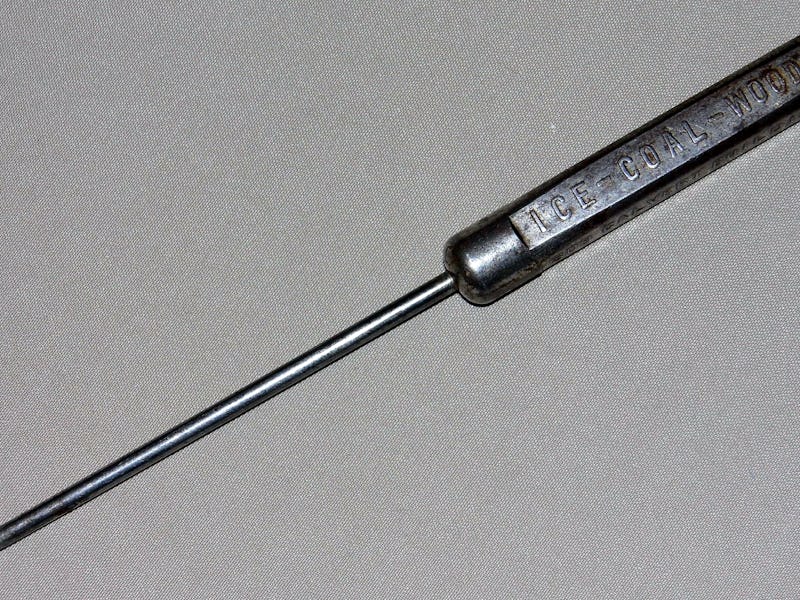The Barbaric History of the Prefrontal Lobotomy
Amazon's new show "Lore" relives the chilling procedure.

Amazon’s new show Lore dropped on Friday the 13th, and naturally, being the weirdo that I am, I watched them all in one sitting. Luckily, the show is an episodic anthology, meaning that each episode stands alone in subject matter, so you don’t need to fill your brain with plot points. Feel like cracking open a cold one with the boys and learning about IRL werewolves? Episode 5, “The Beast Within,” is for you. Are you remembering the creepy dolls that your neighbor collected? “Unboxed,” will explain why you found them so creepy. “Echoes,” a favorite of mine, explains the not-so-distant history of prefrontal lobotomies, and reminded me of how much people love medicinal quick fix.
The allure of lobotomies is understandable: it was a solution to the problem of housing the mentally ill in asylums — the facilities had become crowded, abuse was common, and the therapies employed to treat the mentally ill did little more than keep them sedated. Dorothea Dix, a reformer activist during the Civil War, lobbied for better treatment of mentally ill patients. She was not, however, ideologically pure; she believed that Black people and Native Americans could not develop mental illnesses because “insanity is the malady of the civilized and cultivated life.” In other words, she believed that only White people could become ill, and thus, were the only people who deserved therapeutic intervention.
Those of us who are fascinated by modern psychiatric advances can easily forget its painful history. Both psychiatry and psychology implemented some inhumane procedures in the name of salvation. Dr. Walter Freeman, a neuropsychiatrist, is synonymous with the prefrontal lobotomy. He adapted a procedure invented by Egan Moniz, who found that severing the nerve cells in the prefrontal cortex relieved symptoms of mental illness. Freeman developed a cheap (and barbaric) method of inserting an ice pick-like instrument through the eye socket into the brain and rocking it back and forth to sever the nerves. He also used electroconvulsive shocks to anesthetize his patients, rather than, well, anesthesia.
And lobotomies themselves weren’t without their drawbacks. Patients were left devoid of their personalities and emotional range — they became vacant zombies who were often mute and could not interpret social cues.
Freeman performed thousands of lobotomies, despite anecdotal evidence of their dangers. Lobotomies had also not undergone rigorous testing for long-term effects. Freeman was squarely focused on the immediate ameliorative effects. And yes, lobotomies worked, from a certain point of view. But the effect is akin to throwing a burned-out light bulb against a wall instead of replacing the bulb in the fixture.
Dr. Freeman performed his last lobotomy in 1967 after a patient died of a blood hemorrhage on the operating table. And while 1967 wasn’t that long ago, psychiatry has advanced greatly since then with the main course of treatment of the mentally ill becoming medication.
Some people consider medications like antipsychotics and antidepressants to be only slightly more civilized than lobotomies. I’ve lost track of how many times I’ve been told to “just smoke weed, man!” when I discuss my struggles with anxiety disorder; as though I’ve never tried smoking marijuana to relax (I have), that it actually works (it doesn’t, it makes my anxiety worse), and that they know more about my healthcare needs than myself or my doctor (they don’t). Yet, after watching this episode of Lore, it’s easy to see where the distrust of modern allopathic medicine comes from. When medicine promises a cure-all, when something seems too good to be true, when a doctor wants to stick an ice pick into your brain, something is clearly worth questioning.